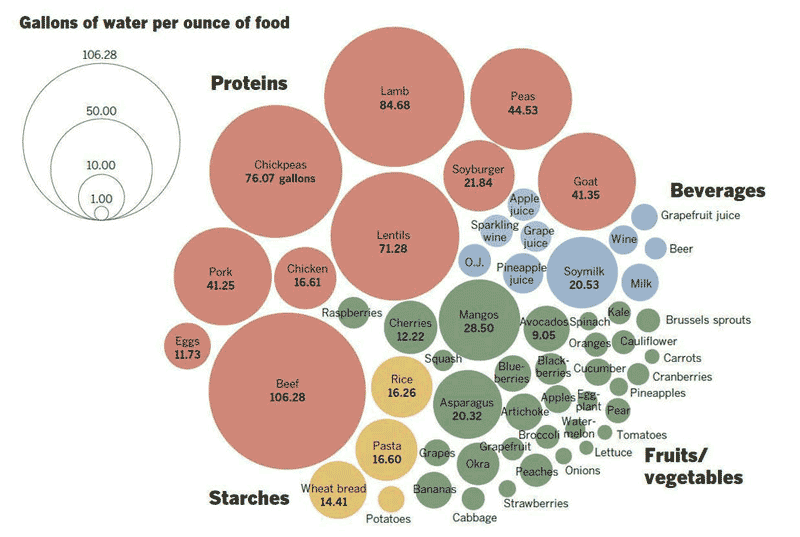A number of years back, the notion that "water is the new oil" started to gain traction, the phrase simply meaning that water around the globe would become increasingly scarce and expensive.
One issue of course is that as developing economies mature, they will likely require levels of water comparable to that used in developed economies - and it simply may not be available, or at least not cheaply.
There are certainly issues already in some part of the US, notably California, where a multi-year drought has reduced water reserves dramatically, leading governor Jerry Brown to take sweeping action to reduce water consumption by consumers and most businesses - as much as 25% from current levels.
They are seriously talking about 4-minute shower limits, the end of most watering of lawns, rationing water consumption with huge charges for exceeding your quota, calling out "water hogs" in every neighborhood, and a whole lot more.
But the state's huge agricultural industry for now is escaping the pain, even though it consumes some 80% of the water used in California. Why?
For the simple reason that there aren't any very good answers for the farmers. Reducing the amount of water they have access to will result in lower output, hurting the state's economy and raising consumer prices for food. Few politicians want to be seen as causing food price spikes.
Eventually, the farmers will be part of some plan, which is likely to send food prices higher regardless of what that plan is, either due to reduced output, higher costs, or both.
Agriculture does use a huge amount of water. The chart below estimates the numer of gallons of water needed to produce just one ounce of different types of food.

Source: The Los Angeles Times
It seems almost unbelievable that it takes 106 ounces of water to produce one ounce of beef, or 14.4 gallons to produce one ounce of wheat bread, but that's what these numbers from the LA Times say, based on data from outfits such as WaterStat and Water Footprint Network.
The point is that even small increases in the cost of water to farmers could send costs and thus prices soaring - which will be a very interesting social dynamic if (or maybe when) it occurs. Many environmentalists are already taking aim at the meat industry for the amount of water it consumes.
Looks like someday we may be living on lettuce and strawberries.
Any Feedback on our Supply Chain Graphic of the Week? Let us know your thoughts at the Feedback section below.
|